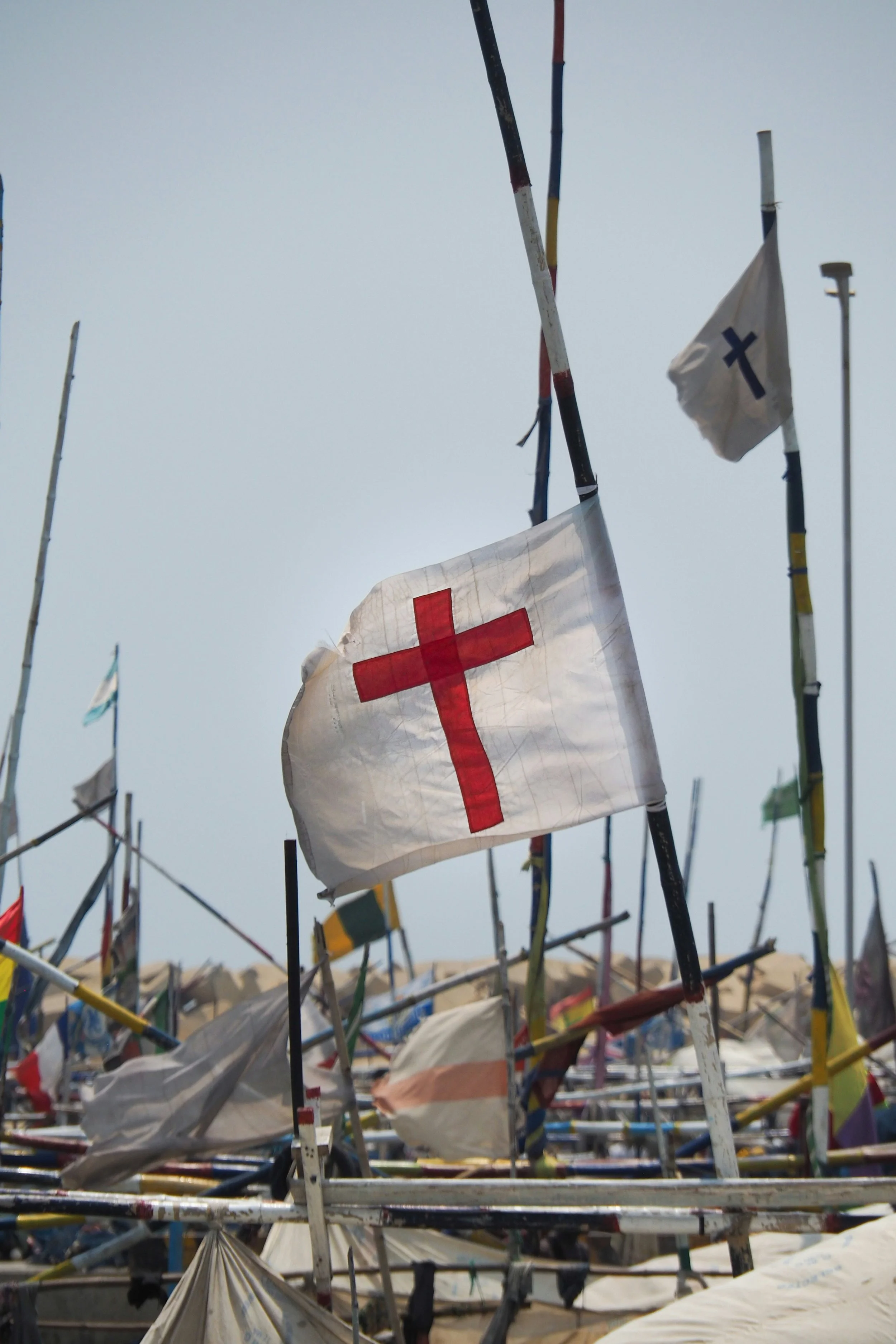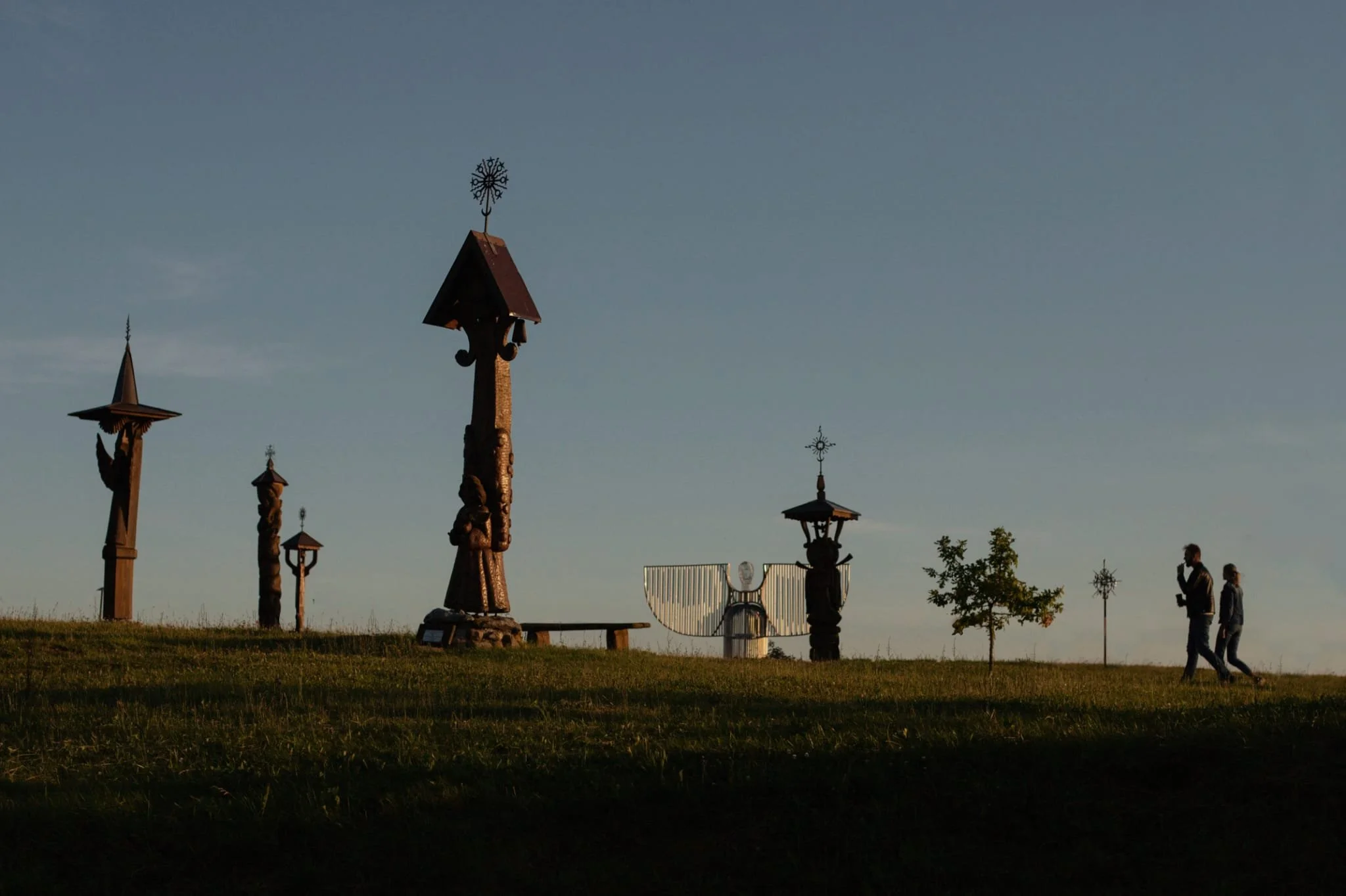The Northern Crusades
The Crusades typically conjures up images of white-robed and chain-clad knights battling on the dry and dusty ramparts of castles near Jerusalem, but what if we told you that Lithuania had to defend against it’s own kind of crusades?
That’s right, the Northern crusades took place from 1198 until 1410 - a whopping 222 years, and actually a longer period of time than those taking place in the Middle East, against Lithuania and it’s neighbours.
Unlike those crusades against Islamic control, the goal of the Northern crusades was for the conversion of pagan Baltic tribes to Christendom, and these were also supported by the Pope and Rome.
Two major crusader branches entered the Baltics, the Livonian Brothers of the Sword operated from Riga to the North whilst the Teutonic Knights operated from the South and West along the Baltic Coast.
The Teutonic Knights were already a hospital and military order established to aid and defend Christian pilgrims in the Holy land, but their sights had been shifted North, especially with the declining power in the East.
It didn’t take long for the crusading orders to have successes, and in the first few decades of the 13th century, all of Estonia was conquered by the brothers of the Sword from the South and the Danes from the North. Latvia took more time, but with Riga at the estuary of the Daugava river, following the river basin east into Latvia was easier to navigate than the dense woodland and swampy terrain of the Lithuanians to the South. The Lithuanians became the last stronghold of paganism in the Baltics, and the last European nation to convert to Christianity.
In February of 1236 however, Pope Gregory IX issued a papal bull declaring a crusade against the Lithuanians, and although hesitant, the Brothers of the Sword were forced to act when more crusaders began arriving at their port of Riga in late summer. By this point, the Teutonic Knights had also been subduing Prussia to the West and the Brothers hoped that they could expedition Southward along the Baltic coast to connect the lands. They were sorely mistaken.
In the Autumn of 1236, the knights marched southward into the lands of the Samogitians (An ethnic Lithuanian tribe). Resistance was sparse, and they were able to raid many settlements as they entered deeper and deeper into the Samogitian territory. Eventually however, they turned to head back the way they came, which is when they ran into trouble. On this return voyage, a party of Samogitian warriors were waiting for them at a river crossing, and the knights opted to camp the night to avoid fighting them on foot in the swampy terrain.
This was a grave mistake, as by the next morning, the main pagan force had arrived and a slaughter ensued. Trapped in unknown and swampy lands, the heavy knights had little chance against the much lighter and able Lithuanian force. The master of the Brothers, Volkwin, perished, and this led to complete disarray amongst the ranks, with men fleeing in all directions.
In the end, out of every ten crusaders, only one made it home alive.
The Livonian Chronicle described the pagan's defeat of the Sword-Brothers at the battle of Saule: "More heathens arrived. The next day the Christians thought to ride away early, but they had to fight the pagans though they did not want to. In the swamp, they could offer but weak resistance, and they were cut down like women. I lament the deaths of so many heroes who were so easily slain. The Master and his Brothers put up a heroic defense until their horses were slain and even then fought on foot and felled many men before they were vanquished. Finally, and with great difficulty, the Lithuanians felled them with long spears." (1)
This defeat became known as the Battle of the Saule, and is supposedly close to the Lithuanian town of Šiauliai, its namesake.
This defeat for the brothers ended up disbanding the entire order, which merged with the Teutonic Knights in Prussia to form the Livonian branch and which continued it’s crusade against the Baltics.
in 1251, a few years later, to protect his lands from crusades as well as to raise his own profile, The Grand Duke Mindaugas had himself baptised in the Catholic faith. Two years following this, in 1253, the Pope sent a crown to have him made King, delivered by none other than Master Stirland of the Livonian order.
The peace didn’t last however, as Mindaugas was assassinated a decade later and the crusades resumed against a still very pagan population.
It wasn’t until 1410 that the Teutonic Knights were finally defeated and the crusades came to a halt.. but not after having left a string of brilliant fortifications across Prussia and the Baltics which can still be visited to this day!
(1) - David Nicolle (2005). Lake Peipus 1242 – Battle on the Ice. Osprey. p. 40. ISBN 1-85532-553-5.


